Snakes are fascinating creatures that require specific environmental conditions to thrive in captivity. One of the most common behaviors that puzzle new snake owners is when their pet refuses to use its hide. This behavior isn’t just frustrating—it can indicate underlying issues with your snake’s health or habitat. Understanding why your snake avoids its hide is crucial for ensuring your reptilian friend’s wellbeing and comfort. In this comprehensive guide, we’ll explore five key reasons why your snake might be shunning its hide, and provide practical solutions to address each issue.
Inappropriate Hide Size or Shape
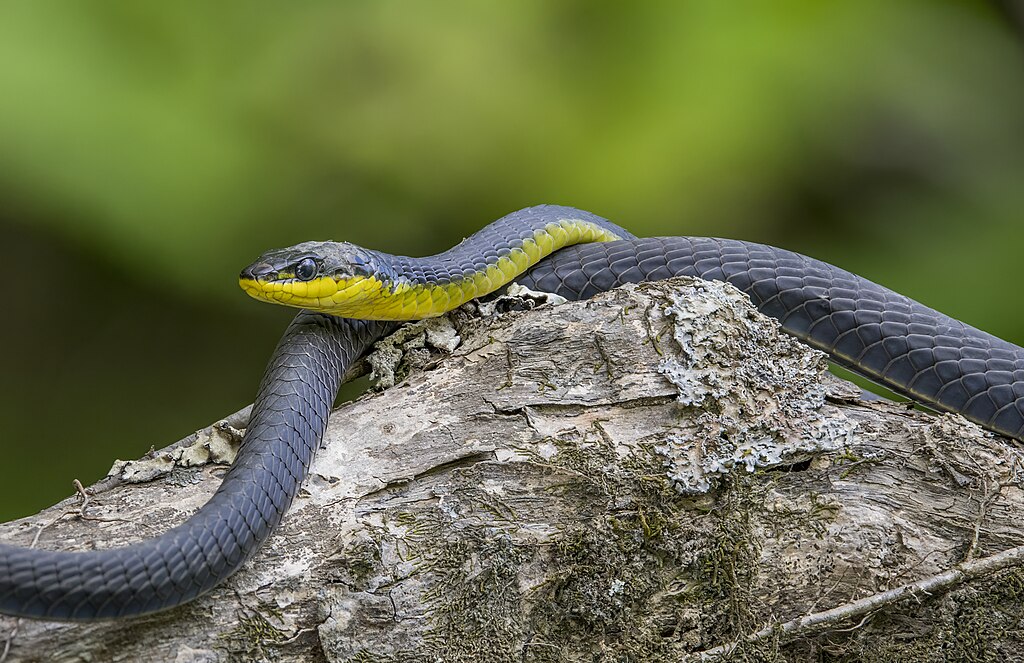
Snakes have specific preferences when it comes to their hiding spaces, and size is a critical factor. A hide that’s too large won’t provide the sense of security snakes instinctively seek—they prefer snug spaces where they can feel their body touching the sides of the hide. Conversely, a hide that’s too small can be uncomfortable or even impossible for your snake to enter, especially after feeding or as they grow. The shape matters too; many snake species prefer enclosed hides with single entrances that mimic the burrows or crevices they would use in the wild. If your snake constantly avoids its hide, consider whether it provides that crucial feeling of being protected and concealed from predators.
Temperature and Humidity Issues

Snakes are ectothermic, meaning they rely on their environment to regulate body temperature—this makes the microclimate inside their hide extremely important. If the hide is placed in an area that’s too hot or too cold for your specific snake species, they’ll avoid it in favor of more comfortable zones in the enclosure. Humidity levels inside the hide can also be problematic; many species require specific humidity ranges to maintain proper skin health and facilitate shedding. Monitor the temperature and humidity inside your snake’s hide using appropriate gauges, and adjust placement or environmental controls accordingly. Providing multiple hides in different temperature zones can help your snake thermoregulate effectively.
Substrate Problems Inside the Hide
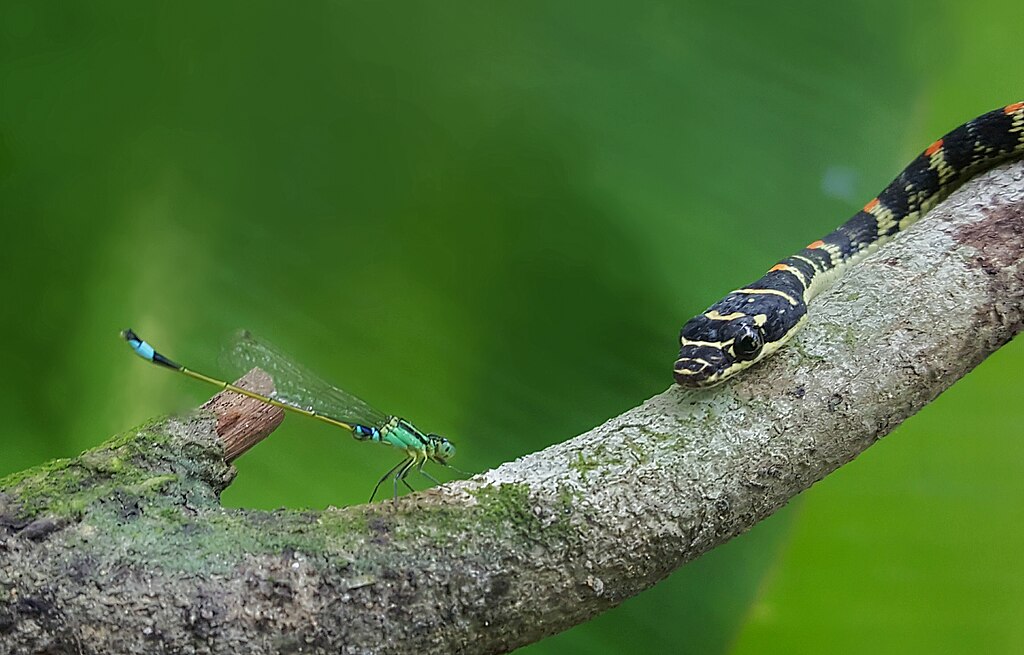
The substrate inside your snake’s hide can significantly impact their willingness to use it. Many snakes are quite particular about the texture and moisture level of their substrate, with preferences varying by species. For instance, ball pythons often prefer slightly humid hides with soft substrate, while corn snakes might be comfortable with drier conditions. If the substrate inside the hide is uncomfortable, irritating, or doesn’t allow for proper burrowing, your snake may choose to avoid it entirely. Watch for signs of your snake trying to burrow elsewhere in the enclosure, which could indicate dissatisfaction with the hide’s substrate. Experimenting with different substrate materials or moisture levels inside the hide can help determine your snake’s preferences.
Stress and Environmental Disturbances
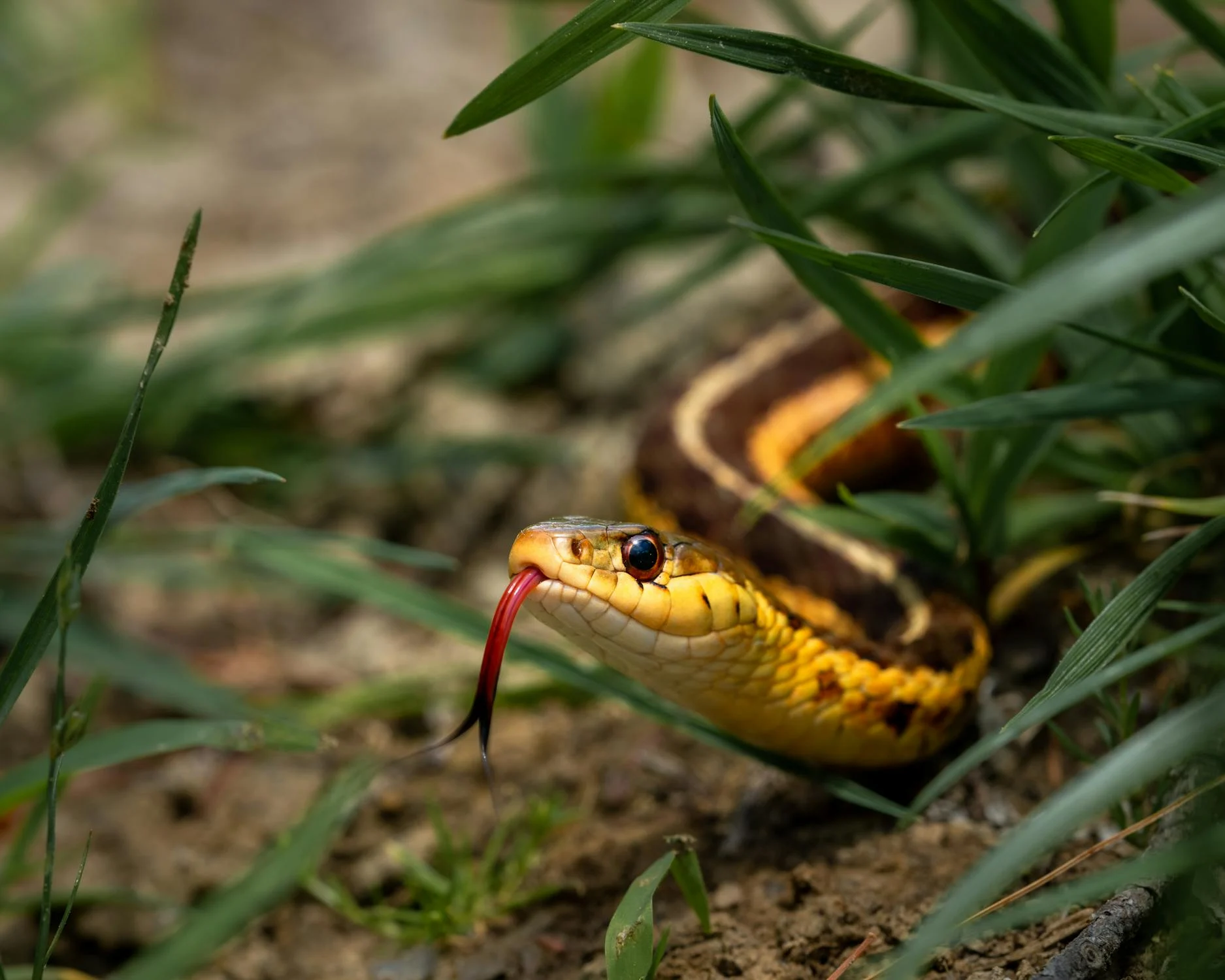
Snakes are generally private creatures that can become stressed by excessive handling, noise, vibrations, or visual disturbances. If your snake’s hide is located in a high-traffic area of your home or near sources of noise and vibration, they might not feel secure enough to use it. Even the position of the hide within the enclosure matters—if it’s too exposed or visible from multiple angles, your snake might not feel adequately protected. Consider repositioning the hide to a quieter corner of the enclosure, perhaps partially obscured by plants or decor. Reducing unnecessary disturbances around your snake’s enclosure, especially during their typical rest periods, can encourage them to use their hide more consistently.
Material and Texture Preferences

The material composition of a hide can strongly influence a snake’s willingness to use it. Some snakes prefer natural materials like wood, cork bark, or stone that retain heat and potentially provide texture for rubbing during shedding. Others might avoid certain synthetic materials that emit unfamiliar odors or don’t retain heat properly. Texture is another important consideration—rough surfaces might be irritating to your snake’s sensitive skin, especially during shedding periods. Observing your snake’s behavior around different materials in the enclosure can provide clues about their preferences. Many successful snake keepers find that providing multiple hide options with different materials allows their snake to express preferences.
Health Issues Affecting Behavior
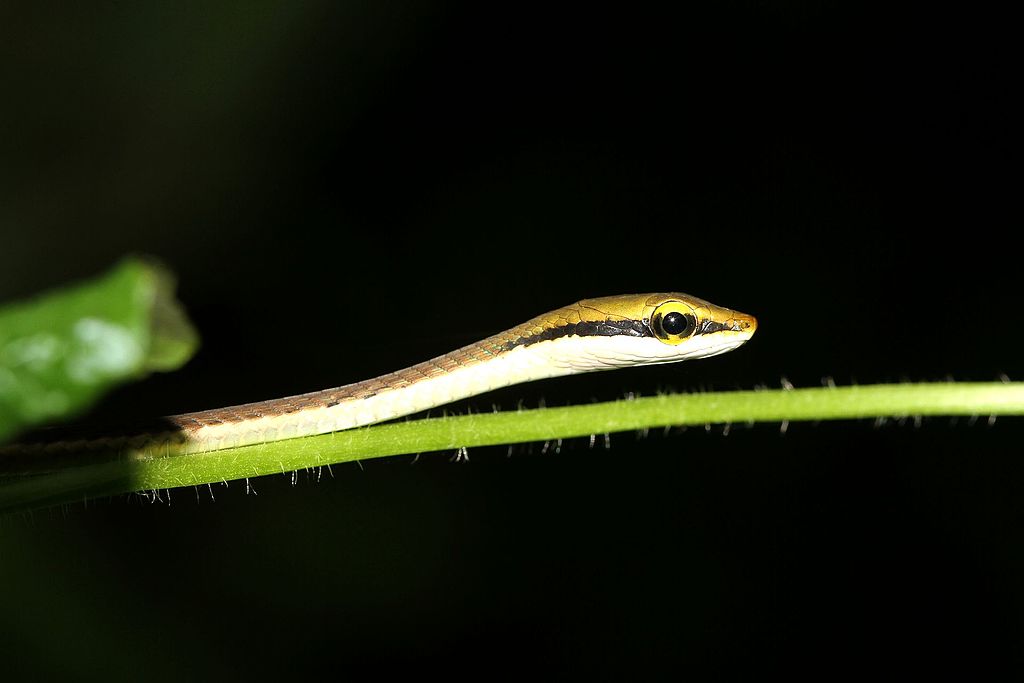
Sometimes, a snake’s avoidance of its hide can signal underlying health problems that require attention. Parasites, respiratory infections, or skin conditions might make your snake uncomfortable enough to alter normal behaviors, including hiding patterns. If your snake is preparing to shed, they might seek out different environmental conditions than usual, temporarily avoiding their regular hide. More serious health issues like digestive problems or neurological conditions can also manifest as changes in hiding behavior. Always monitor for other symptoms like reduced appetite, abnormal posture, discharge from the mouth or nose, or difficulty breathing. If hide avoidance coincides with other concerning symptoms, consulting with a reptile veterinarian is essential.
Recent Changes to the Enclosure
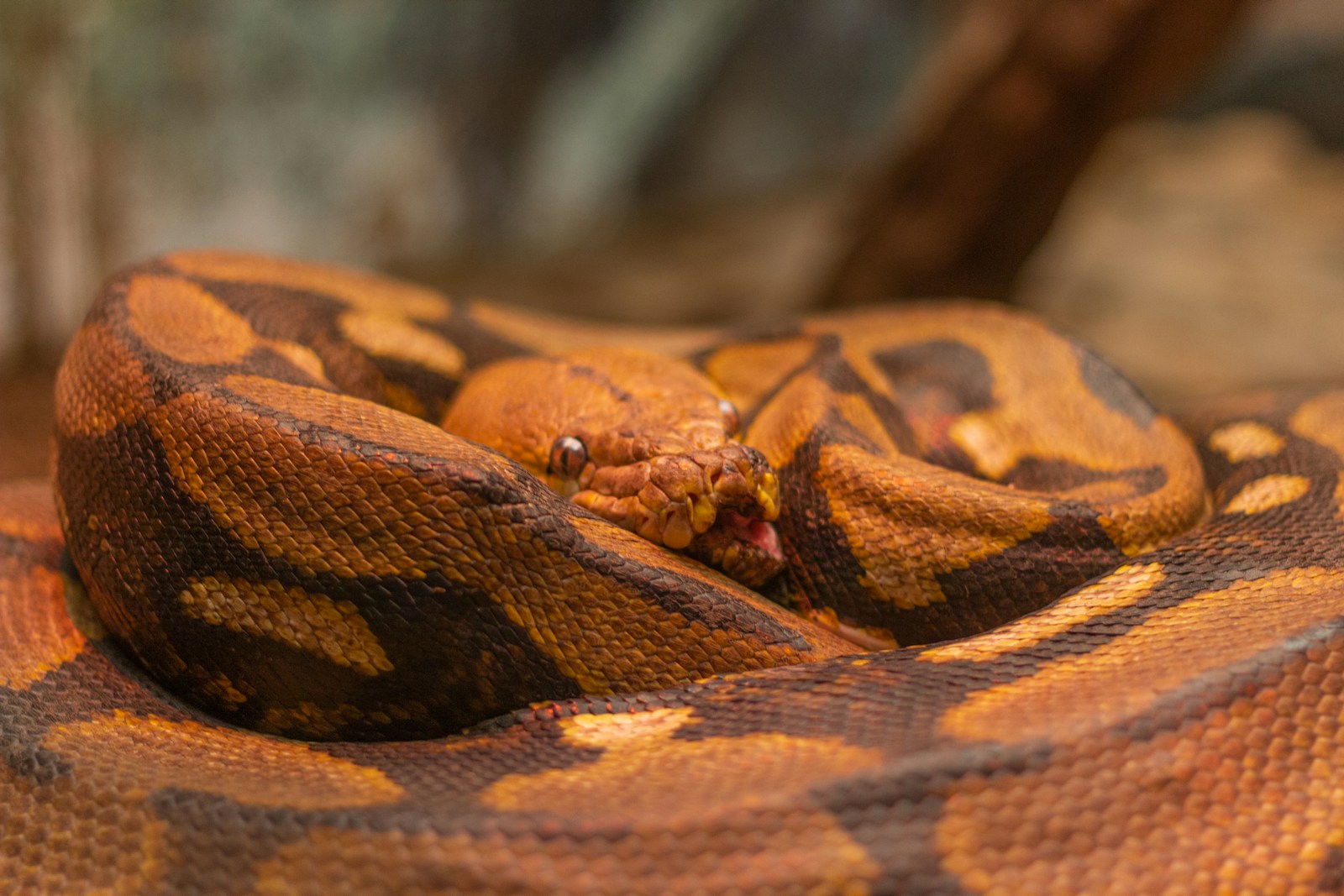
Snakes are creatures of habit that can become temporarily disoriented or stressed by changes to their environment. If you’ve recently redecorated the enclosure, replaced the hide, or moved the setup to a new location, your snake might need time to adjust before resuming normal hiding behavior. Even seemingly minor changes like switching substrate types or rearranging décor can trigger a period of cautious behavior. New smells from cleaning products, new accessories, or even your hands might make the hide temporarily unappealing. Give your snake time to adjust to changes, minimizing additional disturbances during this adjustment period. In many cases, they’ll gradually begin using the hide as they become accustomed to the new conditions.
Age and Life Stage Considerations
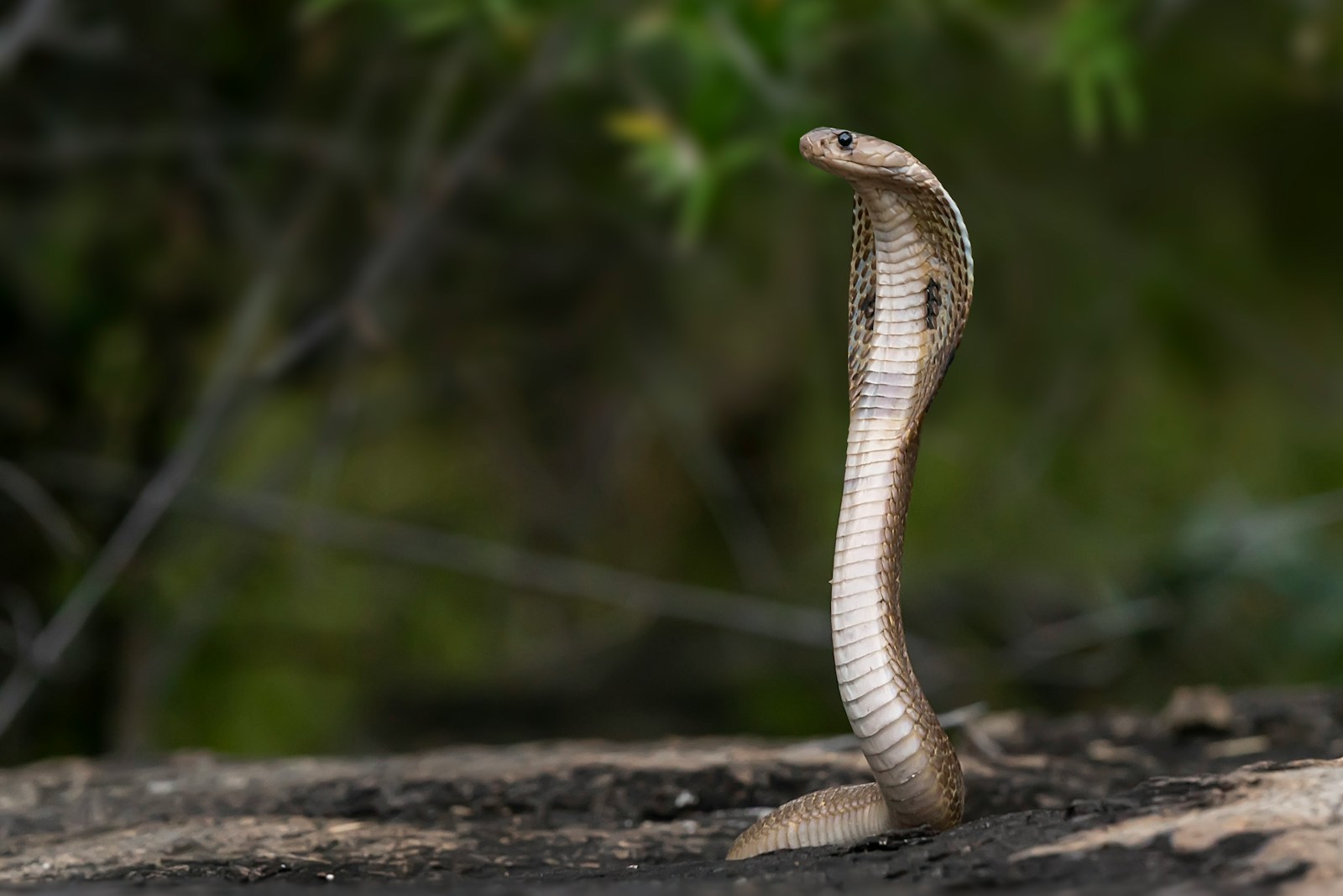
A snake’s age and life stage can significantly influence its hiding preferences and behaviors. Young snakes often seek more secure hiding spots than adults due to their increased vulnerability to predators in the wild. Conversely, adult snakes of some species might become more confident and spend less time hiding, particularly during breeding season. Female snakes approaching egg-laying or live birth may seek out specific environmental conditions and avoid their usual hiding places in favor of more suitable laying/birthing locations. Understanding the typical behavioral patterns associated with your snake’s species and life stage can help determine whether hide avoidance is concerning or simply a normal developmental phase.
Improper Hide Placement

The strategic placement of hides within an enclosure is crucial for encouraging their use. Many snake owners make the mistake of placing hides in central, exposed locations rather than against walls or in corners where snakes naturally feel more secure. The orientation of the hide’s entrance matters too—entrances facing walls or corners rather than open space often feel safer to snakes. For species that climb, elevated hides might be preferred over ground-level options. Experiment with different placements, keeping in mind that most snakes prefer at least one hide in a warm area and another in a cooler zone to facilitate proper thermoregulation. Observing where your snake naturally tends to rest can provide valuable clues about preferred hide locations.
New Hide Adjustment Period
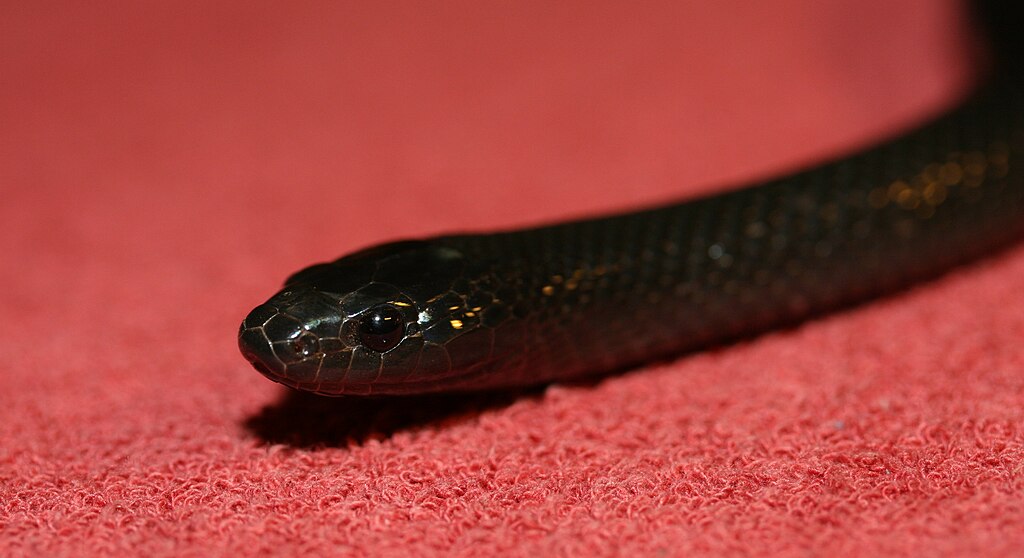
Introducing a new hide to your snake’s enclosure often requires a period of adjustment before they’ll use it regularly. Snakes rely heavily on their sense of smell and may be hesitant to use unfamiliar objects until they’ve been sufficiently “scented” with the snake’s own odor or the familiar smells of the enclosure. This adjustment period varies between individual snakes and species, with some accepting new hides immediately while others may take weeks to become comfortable. Placing substrate from the enclosure inside the new hide or gently rubbing the hide with a substrate your snake has already used can help speed up acceptance. For particularly hesitant snakes, temporarily removing alternative hiding spots (while ensuring they still have proper environmental enrichment) can encourage them to explore the new hide.
Seasonal Behavior Changes
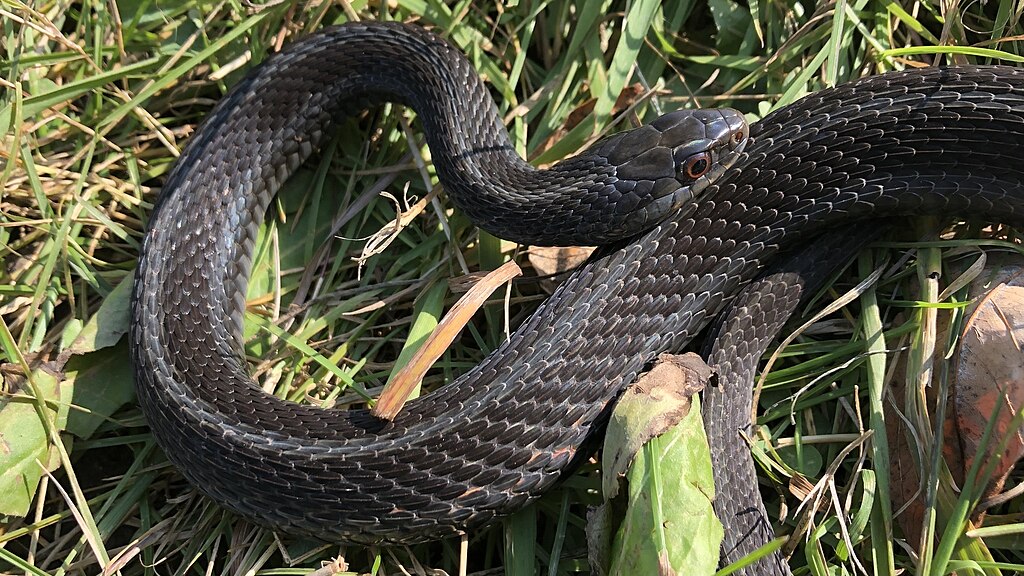
Many snake species exhibit seasonal variations in behavior that can affect their hiding patterns, even in captivity with regulated temperatures. During brumation periods (a reptilian version of hibernation), snakes may seek different hiding conditions than during their active seasons. Breeding season can also trigger behavioral changes, with males sometimes becoming more active and spending less time hiding as they search for mates. Some species display different hiding preferences based on seasonal cues like changing day length, even when temperature remains constant. These natural behavioral rhythms don’t necessarily indicate problems, but understanding them can help you provide appropriate seasonal adjustments to your snake’s environment. Tracking your snake’s behavior patterns throughout the year can help you distinguish between normal seasonal variations and potentially problematic avoidance.
Solutions and Recommendations
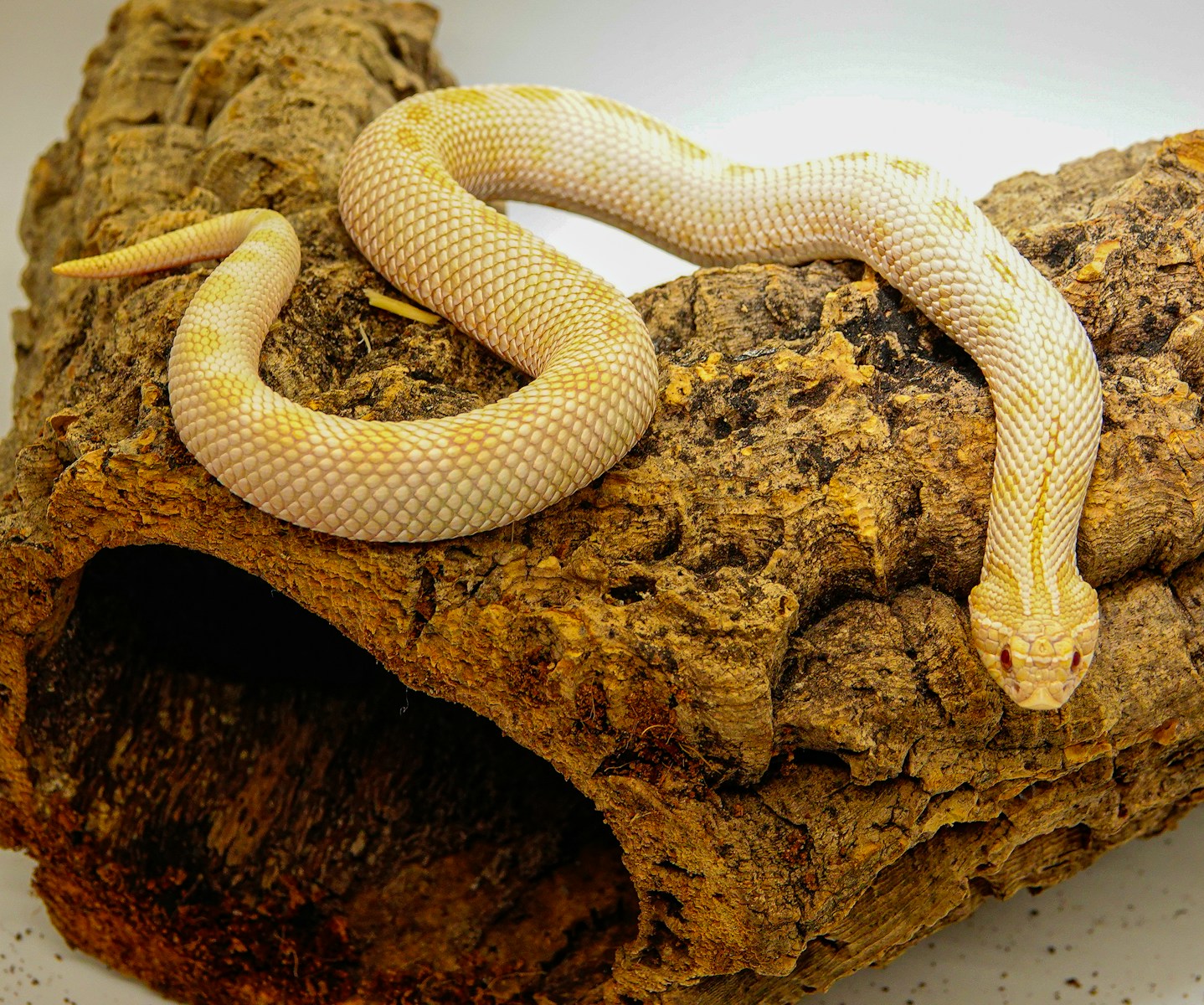
Addressing hide avoidance often requires a methodical approach to identify and resolve the underlying cause. Start by offering multiple hide options with different materials, sizes, and designs to determine your snake’s preferences. Position hides strategically at both the warm and cool ends of the temperature gradient, ensuring each provides adequate security and the appropriate microclimate for your species. For moisture-loving species, a humidity hide containing damp sphagnum moss can provide essential moisture, especially during shedding periods. Monitor and record your snake’s behavior after making changes, giving them sufficient time to adjust before trying new approaches. Remember that some trial and error is normal—even experienced keepers sometimes need to experiment to find the perfect hide solution for individual snakes.
Understanding why your snake avoids its hide requires careful observation and knowledge of your specific species’ natural behaviors and preferences. By addressing these five common reasons—inappropriate size or shape, temperature and humidity issues, substrate problems, environmental stressors, and material preferences—you can create a more comfortable and secure environment for your reptilian companion. Remember that each snake is an individual with unique preferences that may develop and change throughout its life. Patience and attentiveness to your snake’s behavior patterns will help you provide the optimal hiding conditions, supporting their physical and psychological wellbeing in captivity.





